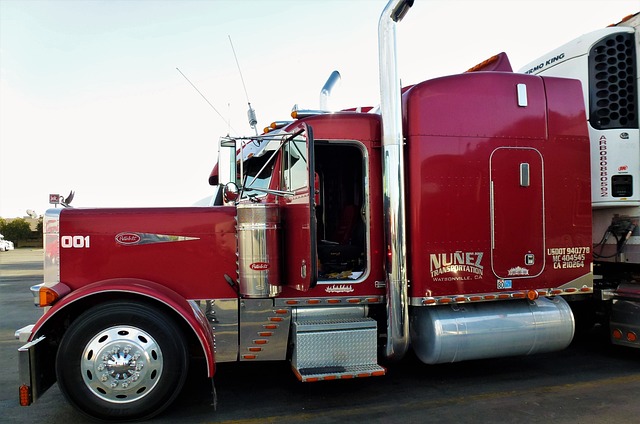Comprehensive fleet insurance is a critical tool for businesses managing multiple vehicles, offering protection beyond basic coverage against risks like liability, collision, and vandalism. By tailoring policies based on unique operational needs, vehicle types, driver experience, usage patterns, geographic areas, and legal requirements, businesses can safeguard their investments, minimize financial losses, and maintain uninterrupted operations. Regular reviews ensure optimal insurance as the fleet grows or operational landscapes shift, providing peace of mind and effective risk mitigation.
Navigating liability insurance for your fleet is a critical step in ensuring comprehensive protection against unexpected risks. This article guides you through essential aspects of understanding and optimizing your liability coverage. We’ll delve into what comprehensive fleet insurance covers, how to assess your fleet’s unique risks, and key factors for choosing the right policy. Additionally, we provide tips to maximize protection, helping you make informed decisions that safeguard your business.
Understanding Comprehensive Liability Insurance: What It Covers

Assessing Your Fleet's Risks: Identifying Potential Liabilities

When assessing your fleet’s risks, it’s crucial to identify potential liabilities that could expose your business to financial loss or legal consequences. Comprehensive fleet insurance isn’t just about covering vehicle damage; it’s about safeguarding against a wide range of hazards unique to your operations. Consider factors like the type and age of vehicles in your fleet, driver experience levels, usage patterns (e.g., long-haul trucking vs. local delivery), and the geographical areas they operate in. Each of these variables contributes to distinct risk profiles that can impact liability exposure.
For instance, younger drivers or those with limited training may increase the likelihood of accidents, while older vehicles might have higher repair costs and lower safety features. Operating in urban areas with heavy traffic could expose your fleet to more accidents and potential lawsuits from pedestrians or other drivers. By thoroughly evaluating these risks, you can tailor your comprehensive fleet insurance policy to ensure adequate protection against specific perils that pose the greatest threats to your business.
Choosing the Right Policy: Factors to Consider for Comprehensive Fleet Coverage

When seeking comprehensive fleet insurance, understanding your specific needs is key. Factors to consider include the type and size of your fleet, operational risks, and legal requirements. For instance, if your fleet operates in high-risk environments or transports valuable goods, you’ll need policies that cater to these unique challenges.
Additionally, assess coverage options like liability, collision, and roadside assistance. Comprehensive fleet insurance should offer tailored solutions, ensuring your business is protected against potential losses. Remember, the right policy will provide peace of mind and financial security, allowing you to focus on growing your fleet while mitigating risks effectively.
Maximizing Protection: Tips for Optimizing Your Liability Insurance Policy

To maximize protection and optimize your liability insurance policy, especially for businesses with a comprehensive fleet, several strategic considerations come into play. One key tip is to assess your specific industry risks and tailor your coverage accordingly. Different sectors face unique challenges; understanding these helps in customizing policies that address them directly. For instance, construction companies might require higher liability limits due to potential site hazards.
Additionally, exploring options for combined policies can enhance protection. Comprehensive fleet insurance often includes not just vehicle liability but also coverage for physical damage, cargo, and even driver protection. Such bundled policies streamline the claims process and offer financial peace of mind by addressing multiple risks under one policy. Regular reviews of your insurance needs are crucial; as businesses grow or operational landscapes shift, adjusting coverage ensures you aren’t over- or underinsured.
Comprehensive fleet insurance is a vital step towards safeguarding your business from potential liabilities. By understanding what’s covered, assessing your fleet’s risks, and choosing the right policy, you can ensure optimal protection for your assets and operations. Remember, maximizing your liability insurance involves careful consideration of your unique needs, regular reviews, and staying informed about industry changes. This proactive approach will help navigate the complexities of liability insurance, providing peace of mind and robust defense against unforeseen events.
